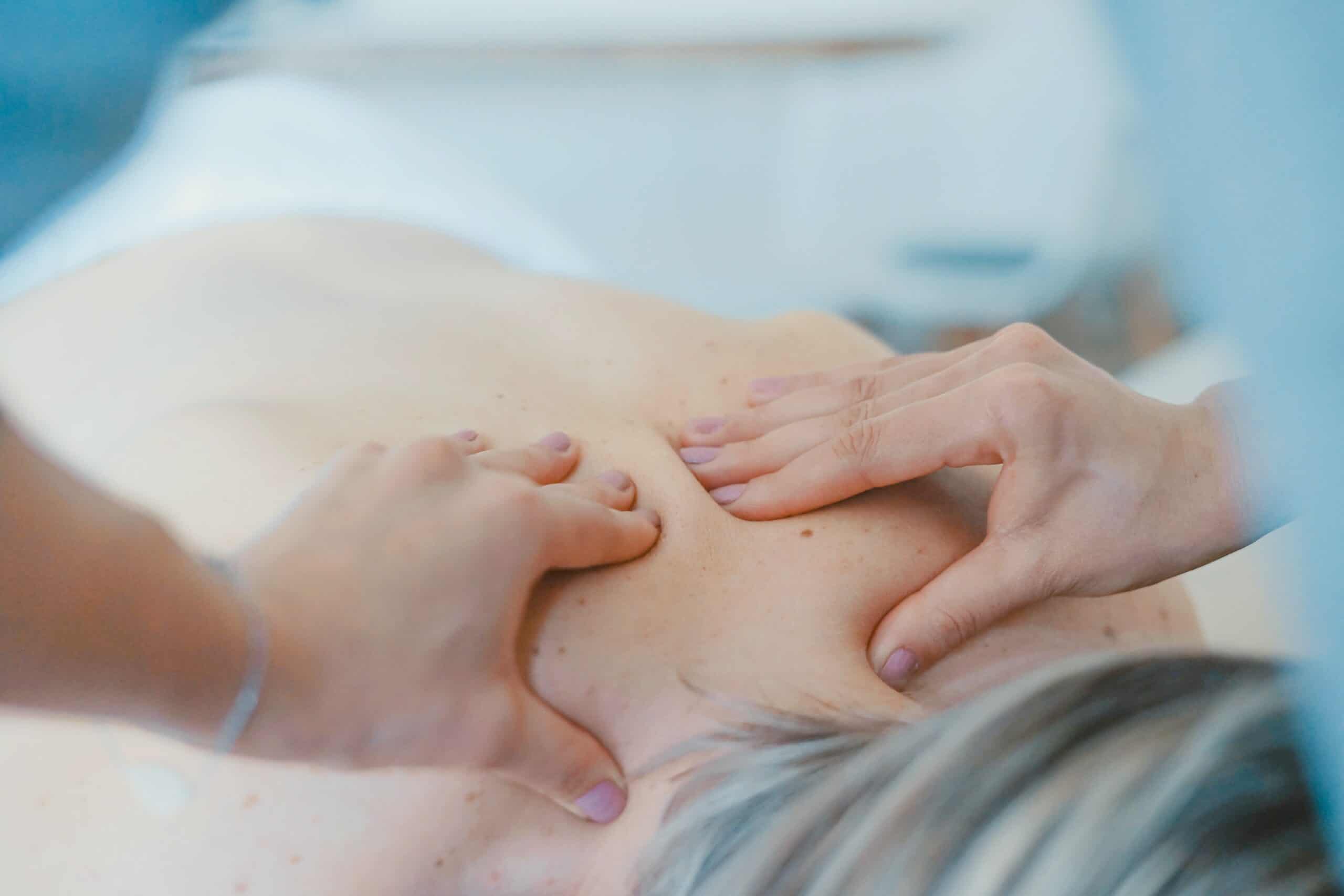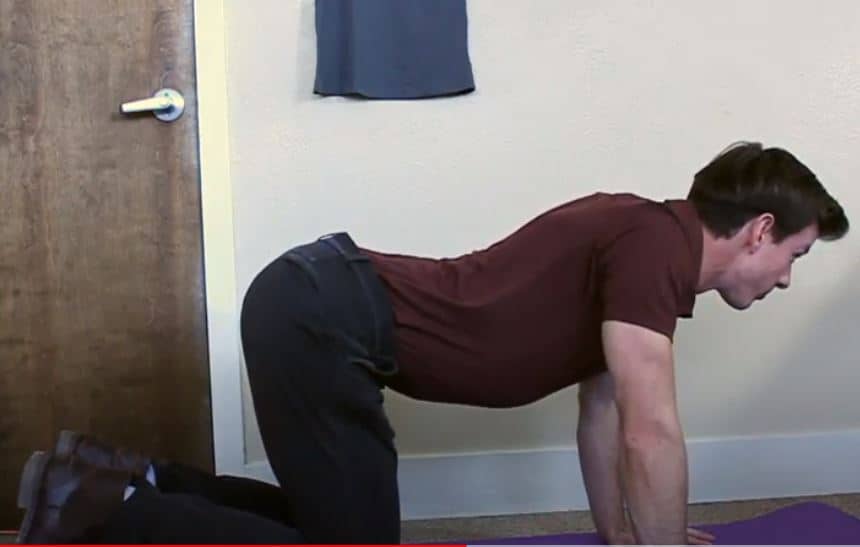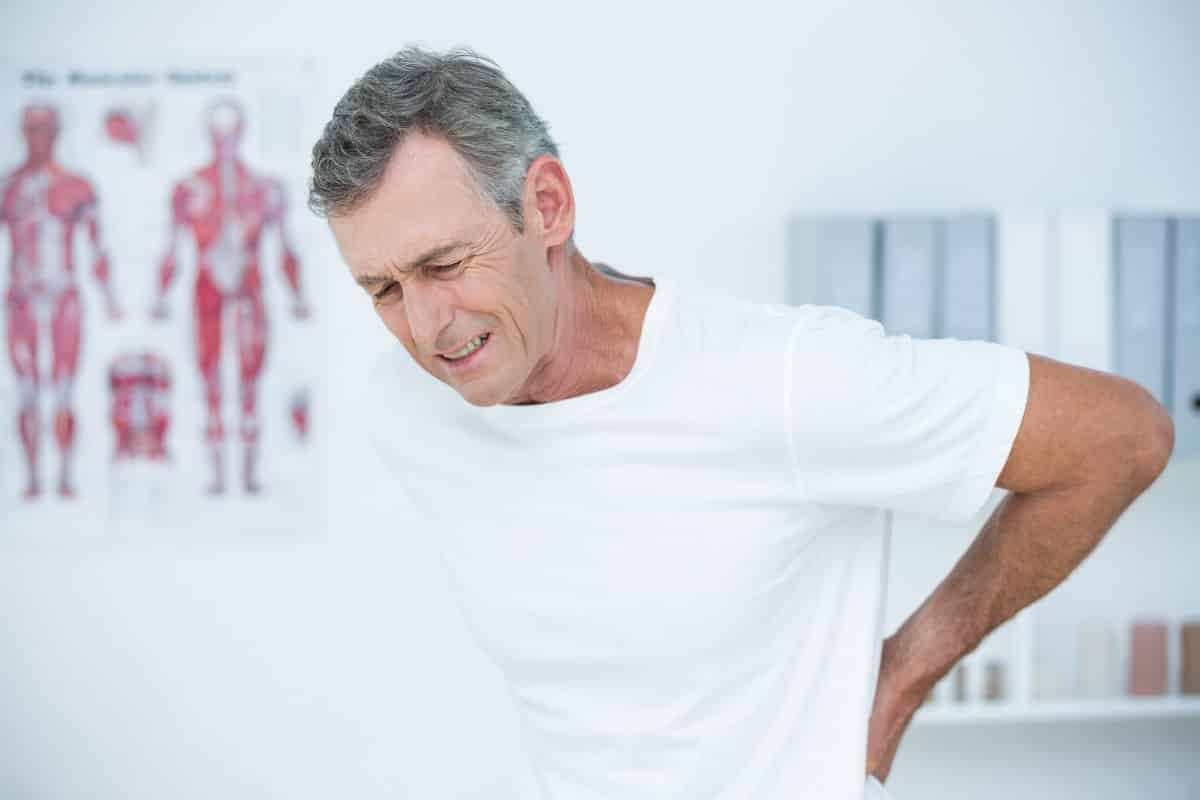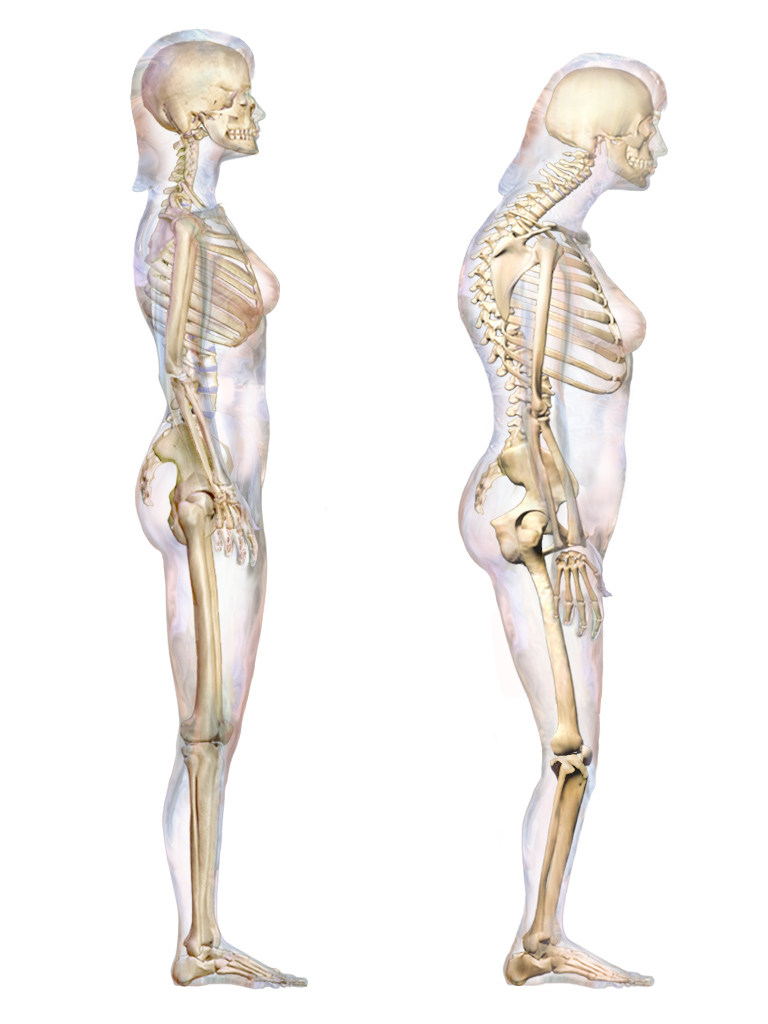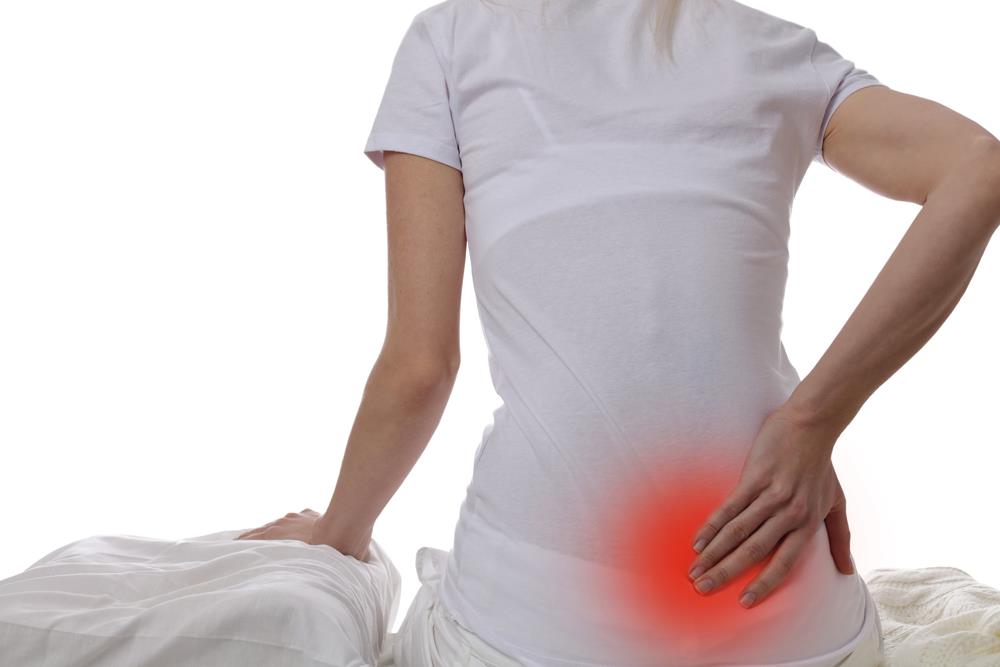If you’re one of the 8 in every 10 people who experience lower back pain...
Read More..Hunchback Starting? 3 Physical Therapy Videos Can Help Set Your Posture Straight
Do you have hyperkyphosis? You probably know it as hunchback. If your spine is curving...
Read More..Back Surgery to Decrease Pain: 3 Tips to Prepare and What to Expect Afterward
Back surgery such as laminectomy or fusion may be your only option after a long...
Read More..Fight Hunchback with 3 Posture Exercises to Help Straighten Your Spine
Hunchback is tough! Here are three videos to get you started on physical therapy to...
Read More..3 Treatment Videos For Your Hunchback Posture
What Is “Kyphosis”? The spine is separated into three different regions – cervical, thoracic, and...
Read More..From A Crick To Chronic: Low Back Pain
This article examines the severity of low back pain and the treatment options available.
Read More..
